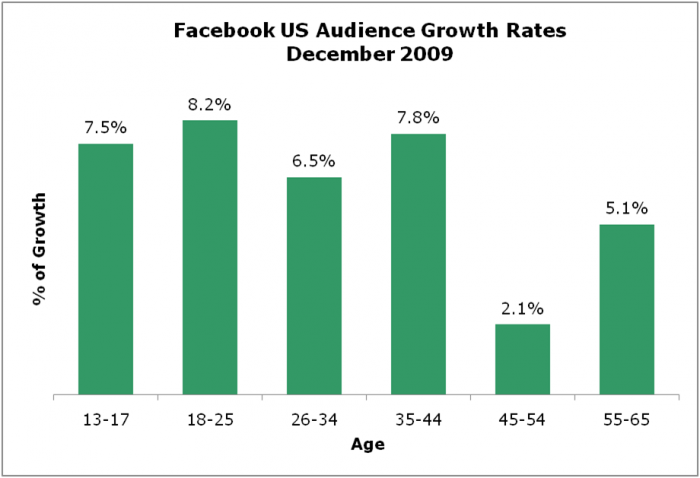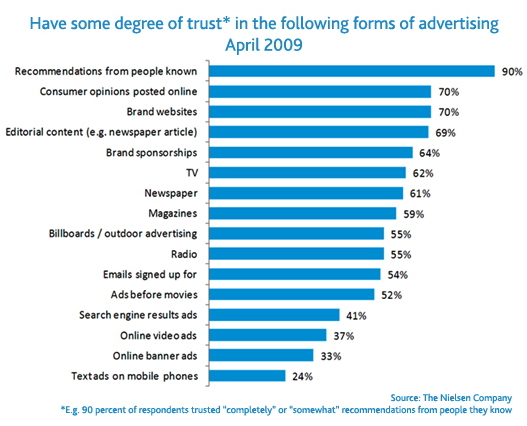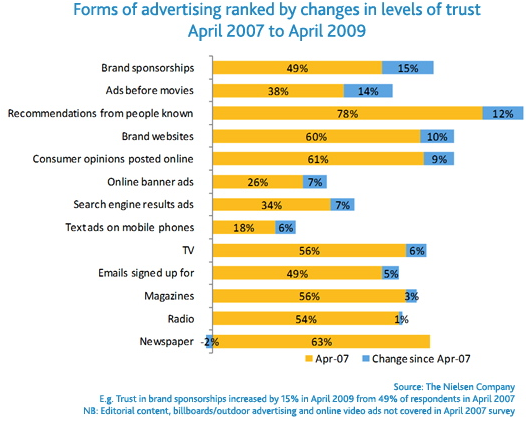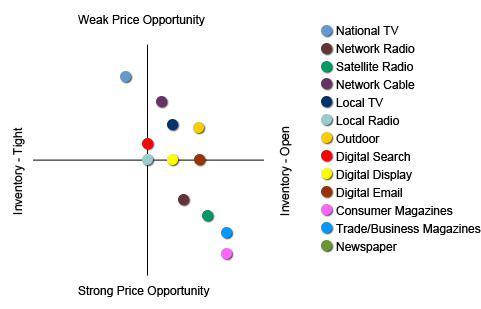Until 2008, TV ratings for live events such as Oscars and Grammys have recorded a four-year decline. Many saw this as proof that TV as a medium was dying, its death caused by the rising popularity of internet and social media. But in 2009, TV live events in particular have seen significant ratings increases largely attributable to none other than social media.
More than one in ten people who watched the 2009 Oscars did so while on the internet. Facebook received most of the traffic as the viewers used the site an average of 76 minutes during the Oscars broadcast. An additional 100,000 Twitter messages were sent, or 400 per minute.
Other events were affected by the social media activity as well:
MTV Movie Awards, MTV, May 30 2009
As chatter about “Bruno” and “New Moon” ramped up online, more than 5 million viewers tuned into the show – a 73% increase from 2008. Traffic to the show microsite spiked 205% over the previous year.
BET Awards, BET, June 28 2009
Due to an aggressive Twitter integration and a last minute tribute to Michael Jackson, the show became the highest-rated cable telecast of the year. BET.com recorded a 100% traffic increase from 2008. The site also hosted “Wall of Tweets” collecting all Twitter updates about the ceremony and claiming all 10 trending topics during the show broadcast.
MTV Video Music AWARDS, MTV, September 13 2009
The online chatter about Kanye West’s interruption of Taylor Swift’s acceptance speech was so loud that it prompted many viewers to turn on the live show just to see what everyone was talking about and what would happen next.
The Grammy Awards, CBS, January 31 2010
The show had 25.8 million viewers – the most since 2004. This is attributed to real time tweets and a significant amount of pre-show buzz.
Social media sites are an advanced, large-scale form of word of mouth. Their increasing popularity has turned live TV into a multiplatform media experience.
The 2010 Oscars broadcast, scheduled to air on March 7th is expected to see a decent amount of interchange with the social media. The show organizers have openly embraced the social media aspect for the first time. What do you predict the ratings outcome will be?
- While many look at social media as a threat to non-broadcast media, there are ways you can embrace it and…
- Thanks for adding me to your subscriber list! Do you have any information about the impact of social sites on…






